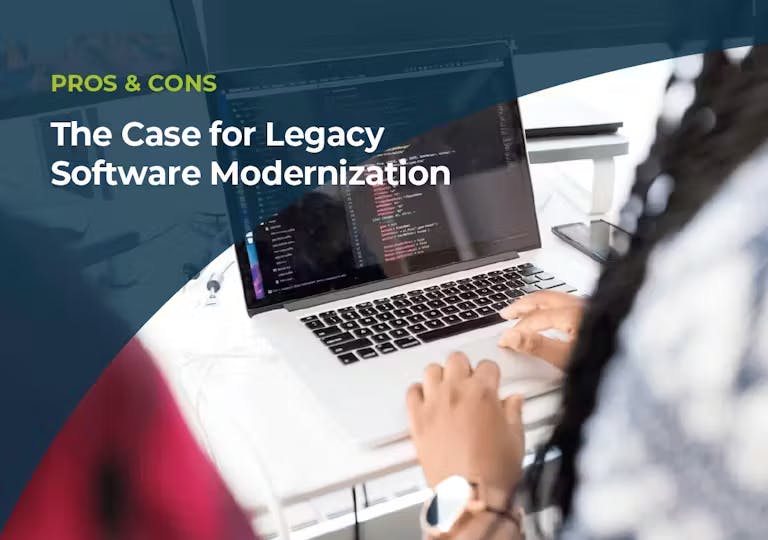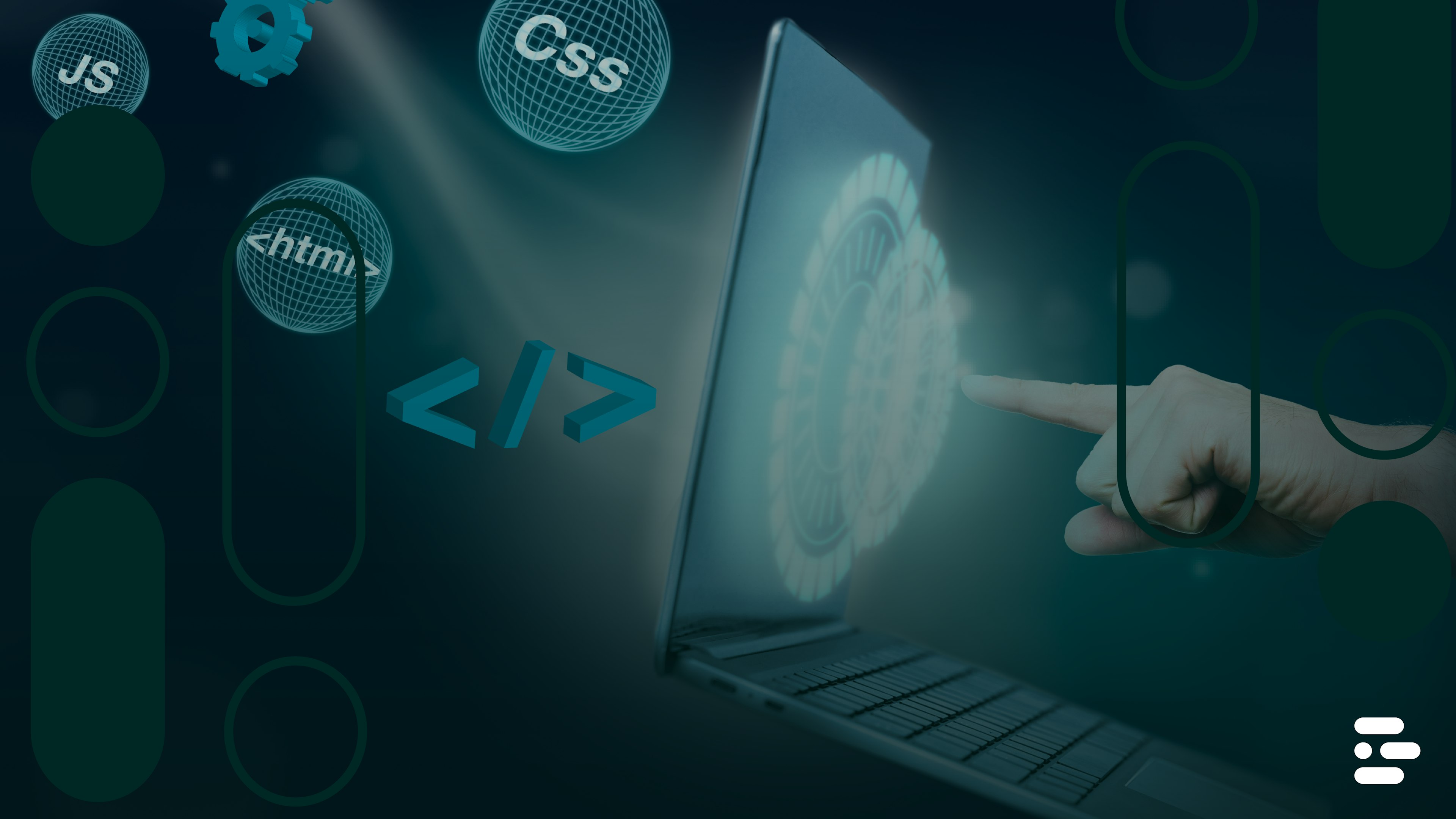The Case for Legacy Software Modernization


Legacy software is a significant barrier to achieving digital transformation for many businesses. While legacy software applications are usually based on outdated technologies, they are often critical to day-to-day operations. Replacing legacy software can seem like a risk not worth taking especially when these programs process vital business functions. However, maintaining outdated and underperforming technology comes with a hefty price tag.
The Costs of Legacy Software
Maintaining legacy software is difficult, costly, and time-consuming. More than half of CIOs surveyed by Logicalis reported spending 40-60% of their time managing legacy technology.
There are many disadvantages of legacy systems. However, the areas where legacy software most commonly poses challenges include:
1. Cybersecurity
Typically, older software can’t meet modern security standards. If a vendor no longer supports your software, you’re not receiving the necessary patches and updates. This leaves your business vulnerable to security breaches that could potentially cripple your budget. Cyberattacks cost businesses an estimated $4.6 million per incident.
2. Software Maintenance
Legacy software systems are regularly monolithic, meaning you can’t just change or replace one component. A small update could set off a chain of conflicts across the entire system. Updates require a specific set of skills and expertise, which can be hard to find for obsolete technologies. Retaining the right talent and dedicated staff training can quickly turn into costly expenditures.
3. Software Integration and Compatibility
Relying on outdated software substantially limits the flexibility your business has to integrate with modern technologies. Legacy systems were designed to function on their own and aren’t the most accommodating to new features and changes.
The Value of Software Modernization
Instead of continuing to wrangle with the issues mentioned above, start shifting your organization’s mindset toward software modernization. Create a modernization strategy by using these examples to demonstrate the value of making the investment.
1. Increased User Productivity
Legacy applications consume a substantial amount of resources without improving performance. This slows down productivity and creates a headache for the end-user. With modern solutions, you’ll have access to software that is designed to provide maximum performance without depleting resources.
2. Competitive Advantage
Think about how many times clunky, outdated technology has kept your business from exploring new revenue streams. With modern software, you’ll have greater flexibility to launch new products and services that actually have a chance of succeeding in the market.
3. Market Longevity
Constant improvement is the key to staying relevant in today’s rapidly changing market. A great example can be found with the global automotive powerhouse, Toyota. They recognized the need to upgrade their aging inventory control system and achieved a decrease in revenue loss. In the long run, investments like these are worth much more than legacy systems that place your business at a disadvantage in the market.
To survive in modern business, IT leaders have to prioritize innovation over maintenance. If you want your technology to start contributing to your bottom line, software modernization is the way to go. To learn more about how you can transform your technology into a source of revenue for your business, download our ebook, Tech as a Revenue Driver: From Operational Support to Customer-Centric Tools.
Subscribe to our newsletter
Stay informed with the latest insights and trends in the industry
You may also like


